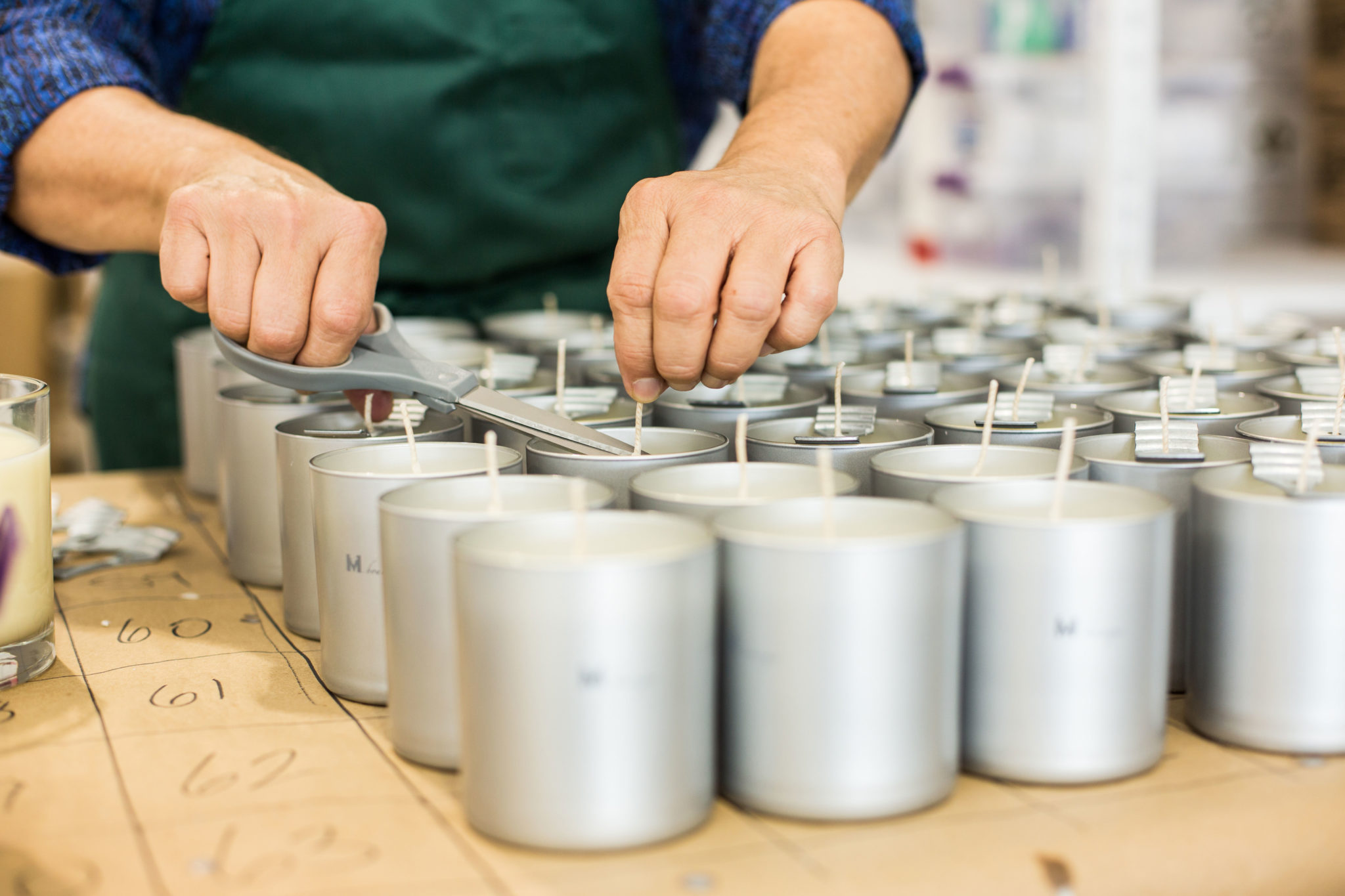

Articles
What Industry Do Candles Fall Under
Modified: January 18, 2024
Discover the industry that candles fall under. Read informative articles on the topic and gain insights into the candle-making business and market trends.
(Many of the links in this article redirect to a specific reviewed product. Your purchase of these products through affiliate links helps to generate commission for Storables.com, at no extra cost. Learn more)
Introduction
Candles have been a part of human civilization for thousands of years, with their origins dating back to ancient times. These versatile sources of light not only provide illumination but also hold significant cultural and ceremonial value. Over the years, candles have evolved from simple wicks dipped in animal fat to intricately designed and scented creations available in a wide variety of shapes and sizes.
While candles may seem like simple household items, they actually fall under the umbrella of several industries due to their diverse applications. From the traditional and religious sectors to the decorative and wellness markets, candles have found a place in numerous industries and hold immense significance in our day-to-day lives.
In this article, we will explore the different industries that candles fall under, their historical significance, the candle manufacturing process, the various types of candles available, their usage and applications, the candle industry and market, as well as the sustainability and environmental impact. Additionally, we will discuss the challenges faced by the candle industry and the emerging trends for the future.
So, join us on this enlightening journey as we delve deeper into the world of candles and the industries they touch.
Key Takeaways:
- The candle industry spans across diverse sectors, from traditional and religious to decorative and wellness markets, showcasing the versatile applications and cultural significance of candles in our daily lives.
- The future of the candle industry is shaped by sustainability efforts, emerging trends, and challenges such as environmental regulations and rising raw material costs, highlighting the need for innovation and adaptation to consumer preferences.
Definition of Candles
Candles can be defined as cylindrical objects made of wax or another solid fuel, with a wick embedded in the center. When the wick is lit, it slowly burns, providing a steady and controlled flame. Candles are typically used for lighting purposes, but their functionality has expanded beyond that over the years.
Candles are commonly made from various types of wax, including paraffin wax, beeswax, soy wax, and palm wax. These waxes are melted and combined with additives to create a mixture that can be easily molded or poured into different shapes and sizes. The wick, usually made of braided cotton, acts as a fuel delivery mechanism, drawing the melted wax upward to feed the flame.
While most candles have a standard cylindrical shape, they can also be found in various forms such as pillar candles, tapered candles, votive candles, tea lights, and even novelty shapes like animals, fruits, or flowers. Additionally, candles can be scented by adding essential oils or fragrances to the wax, creating a pleasant aroma when burned.
What sets candles apart from other sources of light is their unique ambiance and visual appeal. The warm, flickering glow of a candle can instantly create a cozy and intimate atmosphere. Candles are often used to enhance relaxation, meditation, and romantic settings. They also play a significant role in religious and ceremonial practices, symbolizing purity, enlightenment, and spiritual guidance.
With their versatility in form, function, and symbolism, candles have become more than just tools for illumination. They have become a way to express one’s personal style, enhance the aesthetics of a space, and create a soothing environment.
In the next section, we will delve into the historical significance of candles, tracing their origins and their journey through time.
Historical Significance
The history of candles dates back thousands of years, with evidence of their use found in ancient civilizations across the globe. The earliest known candles were made from natural materials such as animal fats and plant oils.
One of the earliest recorded instances of candle use can be traced to ancient Egypt, where reeds were rolled in animal fat and lit as a source of light. The Egyptians also developed rushlights by soaking the pith of reeds in melted animal fat or tallow.
In ancient Rome, candles made of tallow were commonly used. Tallow was the fat obtained from animals like cattle and sheep. The Romans introduced the concept of wicked candles, where braided papyrus was dipped in melted tallow to create a more efficient and longer-lasting light source.
As civilizations advanced, so did the techniques of candle making. The Middle Ages saw the use of beeswax candles, which burned brighter and produced less smoke than tallow candles. Beeswax was a more expensive material, and therefore, these candles were often reserved for religious and ceremonial purposes.
The 18th century marked a significant shift in candle production with the discovery and commercialization of spermaceti, a waxy substance found in the head cavities of sperm whales. This wax produced brighter and more odorless candles, making them highly sought after.
However, the widespread use of animal and whale-based waxes began to decline in the 19th century with the discovery and refinement of the petroleum industry. Paraffin wax, a byproduct of petroleum refining, quickly replaced traditional wax types due to its availability, affordability, and versatility.
Throughout history, candles have played an integral role in religious, ceremonial, and cultural practices. They have been used in various rituals and celebrations, symbolizing enlightenment, purification, and divine presence. Even in times of darkness, candles have served as beacons of hope and guidance.
Today, while technological advancements have provided alternative sources of light, candles retain their historical significance. They continue to be used in religious ceremonies, cultural traditions, and special occasions. Moreover, candles have evolved into decorative and aromatic elements, enhancing ambiance and setting the mood in our homes.
In the next section, we will explore the candle manufacturing process and the steps involved in creating these illuminating wonders.
Candle Manufacturing Process
The candle manufacturing process involves several steps, each crucial in transforming raw materials into the finished product. While there may be slight variations depending on the type of candle being produced, the basic principles remain the same.
1. Wax Melting: The first step in candle production is melting the wax. Whether using paraffin wax, beeswax, soy wax, or another type of wax, it is melted in large heated vats until it reaches a liquid state.
2. Adding Color and Fragrance: If desired, color dyes and fragrances can be added to the melted wax. The amount of dye determines the intensity of the color, while various essential oils or synthetic fragrances are used for scenting the candles.
3. Preparing the Molds or Containers: While traditional candles can be molded, some candles are poured directly into containers or holders. Molds or containers are prepared by coating them with a release agent or lining them with pre-cut wicks to ensure easy removal of the finished candles.
4. Setting the Wicks: Wicks, typically made of braided cotton, are placed in the center of each mold or container. In the case of molds, the wick is secured in place using a wick holder or pin through the mold’s top.
5. Pouring the Wax: The melted, colored, and scented wax is carefully poured into the molds or containers, ensuring that the wicks remain centered and straight throughout the process. The wax is left to cool and solidify.
6. Trimming and Finishing: Once the candles have cooled and hardened, excess wick length is trimmed to a desired size. The candles are then released from the molds or prepared containers, and any additional decorative elements, like labels or embellishments, are added.
7. Quality Control and Packaging: To ensure the candles meet the desired standards, they undergo quality control checks. Any defects or imperfections are addressed before the candles are packaged for distribution.
The candle manufacturing process can be done on a small scale by individual artisans or in large factories with automated machinery. Regardless of the scale, attention to detail and quality control are essential to creating beautifully crafted candles that meet consumer expectations.
In the next section, we will explore the different types of candles available in the market.
Types of Candles
Candles come in a wide variety of types, each with its unique design, purpose, and aesthetic appeal. Let’s explore some of the most common types of candles available in the market:
1. Pillar Candles: Pillar candles are cylindrical in shape and are usually freestanding. They come in various heights and widths, making them versatile for different décor settings. Pillar candles can be made of different materials such as paraffin wax, beeswax, or soy wax. They are often used as centerpieces or to create a soft glow.
2. Taper Candles: Taper candles are long and slender with a narrow base and a pointed tip. They require candlesticks or holders to keep them upright. Taper candles are commonly used for formal occasions, such as dinners or religious ceremonies, where they can be arranged in pairs or groups.
3. Votive Candles: Votive candles are small, usually around 2-3 inches tall, and are designed to be burned in a votive holder. They are popular for creating an intimate and cozy ambiance, often used in spas, restaurants, and homes.
4. Tea Light Candles: Tea lights are small, shallow candles that come in metal or plastic cups. They are known for their short burn time, usually around 1-2 hours, and are often used in decorative holders or as accents in larger arrangements.
5. Container Candles: Container candles are made by pouring melted wax into a container, such as glass jars or ceramic pots, which becomes the candle’s outer shell. These candles can be scented and have a longer burn time due to the contained wax. Container candles are popular for their versatility and can be found in various sizes and shapes.
6. Beeswax Candles: Beeswax candles are made from the natural wax produced by bees. They are known for their pleasant honey-like aroma and clean, smoke-free burn. Beeswax candles also have a longer burn time compared to other wax types.
7. Soy Candles: Soy candles are made from soybean oil, making them a popular choice among eco-conscious consumers. They burn cleanly and have a longer burn time. Soy candles can be scented or unscented and are available in various shapes and sizes.
8. Novelty Candles: Novelty candles come in fun and unique shapes and designs, adding a touch of whimsy to any occasion. They can be shaped like animals, fruits, flowers, or even everyday objects. These candles are often used as decorative pieces or as gifts.
These are just a few examples of the many types of candles available in the market today. Regardless of the type, candles bring warmth, ambiance, and a sense of tranquility to any space.
In the next section, we will explore the varied usage and applications of candles in different industries.
Candles fall under the home fragrance industry, which includes products like diffusers, room sprays, and wax melts. This industry is part of the larger home decor and accessories market.
Read more: What Category Does Construction Fall Under
Usage and Applications
Candles have a wide range of usage and applications across various industries. Let’s explore some of the common ways in which candles are used:
1. Decorative Purposes: Candles are widely used for decorative purposes in homes, restaurants, hotels, and event venues. Their warm, flickering glow adds a cozy and intimate ambiance to any space. Whether it’s a romantic dinner, a relaxing bath, or a holiday celebration, candles are a popular choice for creating a pleasant atmosphere.
2. Religious and Spiritual Practices: Candles hold significant importance in religious and spiritual practices around the world. They are used as symbols of light, purity, and spirituality. In churches, temples, and shrines, candles are lit to pay tribute, offer prayers, and create a sacred environment.
3. Wellness and Meditation: Candles play a significant role in promoting relaxation, mindfulness, and meditation. Scented candles with aromatherapy properties, such as lavender or chamomile, help create a soothing environment. The soft glow and gentle flicker of candles can aid in meditation practices, allowing individuals to focus and find inner peace.
4. Special Occasions and Celebrations: Candles are a staple in celebrations and special occasions. Birthday candles are placed on cakes, and the act of blowing them out is a long-standing tradition. Candles are also used to mark milestones like anniversaries, graduations, and religious ceremonies such as baptisms or bar mitzvahs.
5. Power Outages and Emergency Preparedness: In situations where electricity is unavailable or during power outages, candles provide a reliable source of light. They are often included in emergency preparedness kits as a backup lighting option.
6. Therapeutic and Spa Settings: Candles are commonly used in therapeutic and spa settings for their relaxing qualities. The subdued lighting and gentle fragrance create a soothing environment, enhancing the experience of massages, facials, and other wellness treatments.
7. Aromatherapy: Scented candles are popular in the field of aromatherapy, where different fragrances are used to influence mood, promote relaxation, or invigorate the senses. Essential oils or fragrance blends are added to the wax, releasing pleasant scents when the candle is lit.
8. Outdoor Lighting and Bug Repellant: Candles can be used as outdoor lighting during evening gatherings or events. Additionally, certain scented candles, such as citronella candles, can help repel insects and mosquitoes, making them a valuable addition to outdoor spaces.
These are just a few examples of the many ways in which candles are used in various industries and settings. Candles have become an integral part of our daily lives, bringing warmth, beauty, and a sense of tranquility.
In the next section, we will dive into the candle industry and explore the market trends and dynamics.
Candle Industry and Market
The candle industry is a thriving sector with a global market that continues to expand. Candles are in high demand due to their versatile usage and the growing interest in home decor, wellness, and relaxation. Let’s take a closer look at the candle industry and its market dynamics:
Market Size and Growth: The global candle market has been witnessing steady growth in recent years. According to market research, the industry is expected to reach a market value of USD X.XX billion by XXXX, with a compound annual growth rate (CAGR) of X% from XXXX to XXXX. The increasing focus on home ambiance, fragrance, and self-care is contributing to this growth.
Market Segmentation: The candle market is segmented based on various factors, such as product type, material, fragrance, distribution channel, and end-use industries. Different candle types, such as pillar candles, taper candles, and container candles, cater to diverse customer preferences and needs.
Factors Driving the Market: Several factors are driving the growth of the candle industry. The rise in consumer spending on home decor and self-care products, the growing popularity of scented candles for aromatherapy and relaxation, and the increasing preference for eco-friendly and natural wax candles are all contributing to market expansion. Additionally, the shift towards sustainable and premium candles with unique designs and packaging is also driving market growth.
Emerging Trends: The candle industry is constantly evolving to meet changing consumer demands and market trends. Some of the emerging trends in the industry include the use of natural, organic, and sustainable materials in candle production, innovative and unique candle designs, specialty and customized candles for specific occasions, and the use of advanced fragrance technologies to create captivating scents. Online sales and e-commerce platforms have also played a significant role in the growth of the candle market.
Key Players: The candle industry is highly competitive, with both large and small players contributing to the market’s growth. Established brands such as Yankee Candle, Bath & Body Works, and Jo Malone dominate the market, while smaller artisanal candle makers and niche fragrance brands are gaining popularity for their unique offerings.
Regional Market: The candle market is geographically diverse, with a strong presence in North America, Europe, and Asia Pacific. These regions account for a significant share of the global market due to high customer demand, favorable economic conditions, and the presence of key players. However, emerging markets in Latin America, the Middle East, and Africa are also experiencing growth as consumer awareness and disposable incomes increase.
The candle industry’s market dynamics are constantly evolving, driven by changing consumer preferences and the desire for sustainable and unique products. As the demand for candles continues to rise, manufacturers are focusing on innovation, quality, and environmental consciousness to stay competitive in this vibrant market.
In the next section, we will explore the sustainability and environmental impact of the candle industry.
Sustainability and Environmental Impact
In recent years, the candle industry has placed a greater emphasis on sustainability and reducing its environmental impact. As consumers become more conscious of their ecological footprint, they are seeking candles that are not only aesthetically pleasing but also produced in an environmentally responsible manner. Let’s delve into the sustainability efforts and environmental impact of the candle industry:
Sustainable Materials: Manufacturers are increasingly using sustainable materials in candle production. Instead of traditional paraffin wax, which is derived from petroleum, eco-friendly alternatives like soy wax, beeswax, palm wax, and coconut wax are being adopted. These renewable and biodegradable waxes have a lower carbon footprint and are considered more environmentally friendly.
Reducing Packaging Waste: The candle industry is striving to minimize packaging waste. Many companies are switching to recyclable or biodegradable packaging materials and reducing excess packaging wherever possible. Some brands also offer refillable candle containers, allowing consumers to reuse their candle holders and reduce waste.
Avoiding Harmful Additives: Candle manufacturers are increasingly avoiding the use of harmful additives, such as lead-based wicks and synthetic fragrances that may emit toxins when burned. Instead, natural wicks, like cotton or hemp, and non-toxic, phthalate-free fragrances derived from essential oils are being utilized to create safer burning practices.
Reducing Energy Consumption: Efforts are being made to reduce energy consumption during the production process. Manufacturers are investing in energy-efficient equipment and technologies, and some are utilizing renewable energy sources to power their facilities. This focus on energy conservation helps minimize the carbon footprint associated with candle manufacturing.
Ethical Sourcing: Sustainable sourcing practices are gaining prominence in the candle industry. Manufacturers are ensuring that the raw materials they use, such as plant-based waxes, are responsibly sourced without causing harm to the environment or exploiting workers. This includes supporting fair trade practices and environmentally conscious farming methods.
Recycling and Upcycling: A growing number of candle makers are encouraging consumers to recycle their empty candle containers by offering refill services or suggesting creative ways to repurpose them. Upcycling candle jars as storage containers or decorative pieces reduces waste and promotes sustainable consumption.
These sustainability efforts are crucial in mitigating the environmental impact of the candle industry. By prioritizing eco-friendly materials, reducing waste, and implementing energy-saving practices, the industry is taking steps towards a more sustainable future.
However, challenges remain. The disposal of used candles and associated packaging, as well as the carbon emissions from their production and transportation, are areas that require continued attention and improvement. Greater awareness and collaboration between manufacturers, consumers, and policymakers are essential in driving further sustainability initiatives in the candle industry.
In the next section, we will discuss the challenges faced by the candle industry and the emerging trends for the future.
Challenges and Future Trends
The candle industry, like any other industry, faces various challenges as it navigates the evolving market and consumer demands. However, with challenges come opportunities for innovation and growth. Let’s explore some of the challenges faced by the candle industry and the emerging trends that will shape its future:
Environmental Regulations: One of the primary challenges for the candle industry is the increasing scrutiny and regulations regarding environmental impact. Manufacturers need to ensure compliance with environmental standards and certifications, such as those related to sustainable sourcing, waste reduction, and emissions. Adapting to these regulations can be costly and time-consuming but is crucial for the industry’s long-term sustainability.
Competition and Market Saturation: The candle market is highly competitive, with numerous established brands and new entrants vying for consumer attention. The challenge lies in standing out from the crowd and offering unique value propositions. Differentiation through product innovation, captivating designs, and sustainable practices will help brands thrive in a saturated market.
Changing Consumer Preferences: Consumer preferences and trends are constantly evolving, requiring the candle industry to adapt. Consumers are increasingly seeking sustainable and natural products, customization options, and unique fragrances. Keeping abreast of consumer preferences and effectively catering to their needs will be crucial for the industry’s success.
Rising Costs of Raw Materials: The cost and availability of raw materials, especially natural waxes like soy and beeswax, can be a challenge for candle manufacturers. Fluctuations in raw material prices, supply chain disruptions, and the need to source sustainable materials at reasonable costs put pressure on profit margins. Finding ways to optimize sourcing and production processes to mitigate rising costs will be essential.
Emerging Trends: The candle industry is witnessing several emerging trends that shape its future. These trends include:
- Eco-friendly and Sustainable Practices: Consumers are increasingly conscious of sustainability and environmental impact. Brands that prioritize eco-friendly materials, ethical sourcing, and minimal packaging waste are likely to gain traction in the market.
- Customization and Personalization: Consumers appreciate unique and personalized experiences. Candle brands that offer customization options such as fragrance blending or personalized labeling stand out from the competition.
- Innovative Designs and Shapes: Unique candle shapes, textures, and designs are captivating consumers. From sculptural candles to geometric shapes, brands that push the boundaries of traditional candle aesthetics are gaining popularity.
- Wellness and Self-care Market Integration: Candles have become an essential part of the wellness and self-care market. With consumers seeking relaxation and stress relief, candles positioned as therapeutic products with specific aromatherapy benefits are in high demand.
- Online Retail and E-commerce: The growing prominence of online retail and e-commerce platforms provides opportunities for candle brands to reach a wider audience. An effective online presence, including engaging website design, social media marketing, and convenient online shopping experiences, will drive growth in this digital age.
By addressing these challenges and adapting to emerging trends, the candle industry can continue to flourish, meeting the evolving needs of consumers and creating innovative, sustainable, and visually appealing products for their enjoyment.
With this, we conclude our exploration of the candle industry, its diverse applications, sustainability efforts, challenges, and future trends. Candles will continue to captivate us with their warm glow, delightful scents, and symbolic significance in our lives.
Read more: What Do Citronella Candles Do
Conclusion
Candles have come a long way from their humble beginnings as simple sources of light. They have evolved into multi-faceted products that touch numerous industries and play a vital role in our lives. The candle industry encompasses a wide range of applications, from decorative and religious purposes to wellness and self-care practices. Candles bring warmth, ambiance, and a sense of tranquility to our spaces, enhancing our surroundings and creating memorable experiences.
As the industry grows, there is a growing emphasis on sustainability and reducing the environmental impact of candle production. Manufacturers are adopting eco-friendly materials, minimizing packaging waste, and embracing energy-efficient practices. They are also responding to changing consumer preferences by offering customization options, unique fragrances, and captivating designs.
However, challenges persist, such as environmental regulations, market saturation, and rising raw material costs. The ability to navigate these challenges and adapt to emerging trends will be crucial for the industry’s success. From eco-friendly practices to customization and personalization, the candle industry must stay in tune with consumer needs and desires.
Looking ahead, the future of the candle industry is filled with opportunities and innovation. The integration of candles into the wellness and self-care market, the emphasis on sustainable practices, and the rise of online retail and e-commerce platforms will shape the industry’s growth. By embracing these trends and addressing challenges head-on, the candle industry can continue to thrive and provide us with the beauty, warmth, and relaxation that we seek.
So, whether you light a candle for a special occasion, use it for relaxation and meditation, or simply enjoy the cozy ambiance it creates, remember the fascinating journey of candles and the industries they touch. Let the glow of a candle remind us of the human desire for warmth, comfort, and connection.
Frequently Asked Questions about What Industry Do Candles Fall Under
Was this page helpful?
At Storables.com, we guarantee accurate and reliable information. Our content, validated by Expert Board Contributors, is crafted following stringent Editorial Policies. We're committed to providing you with well-researched, expert-backed insights for all your informational needs.
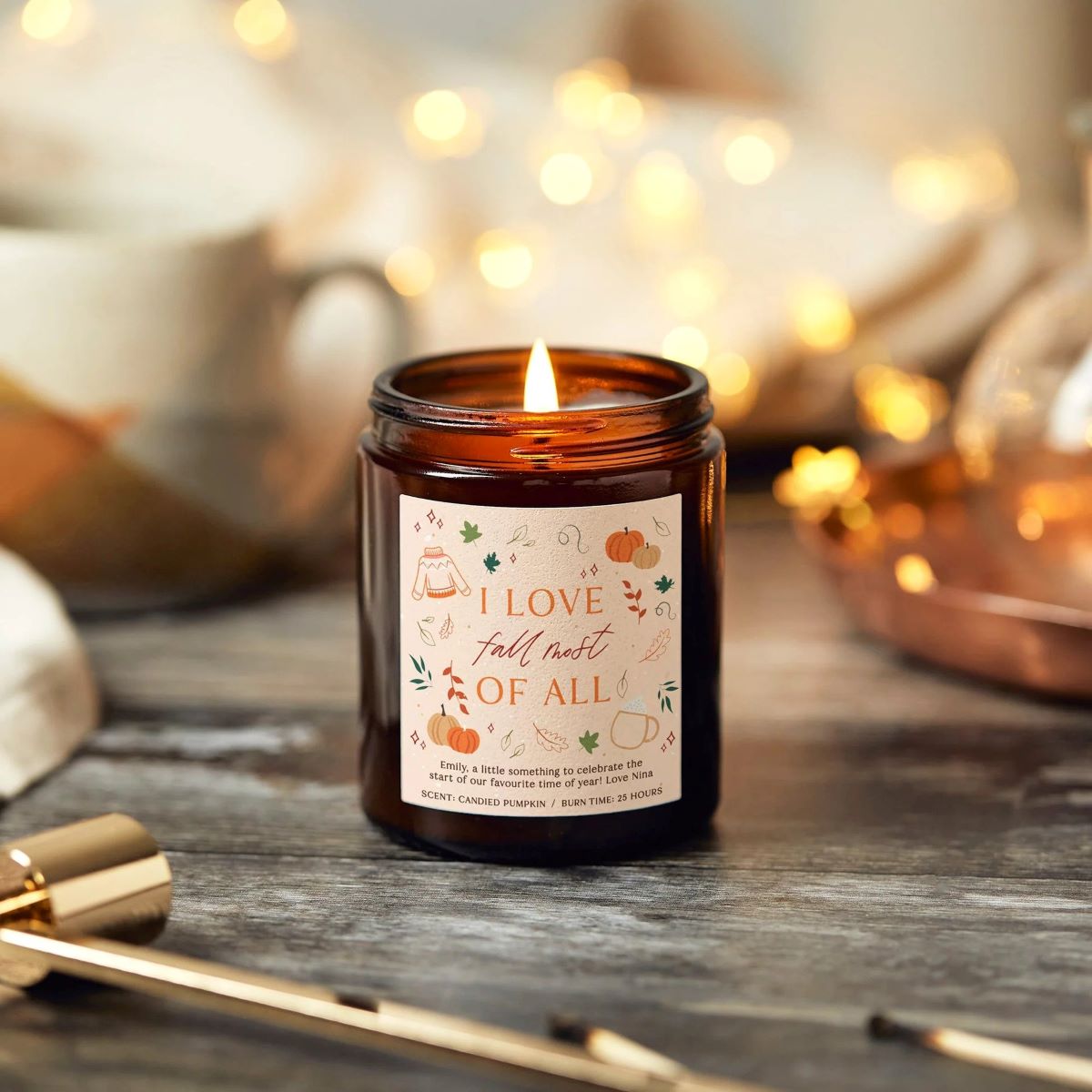
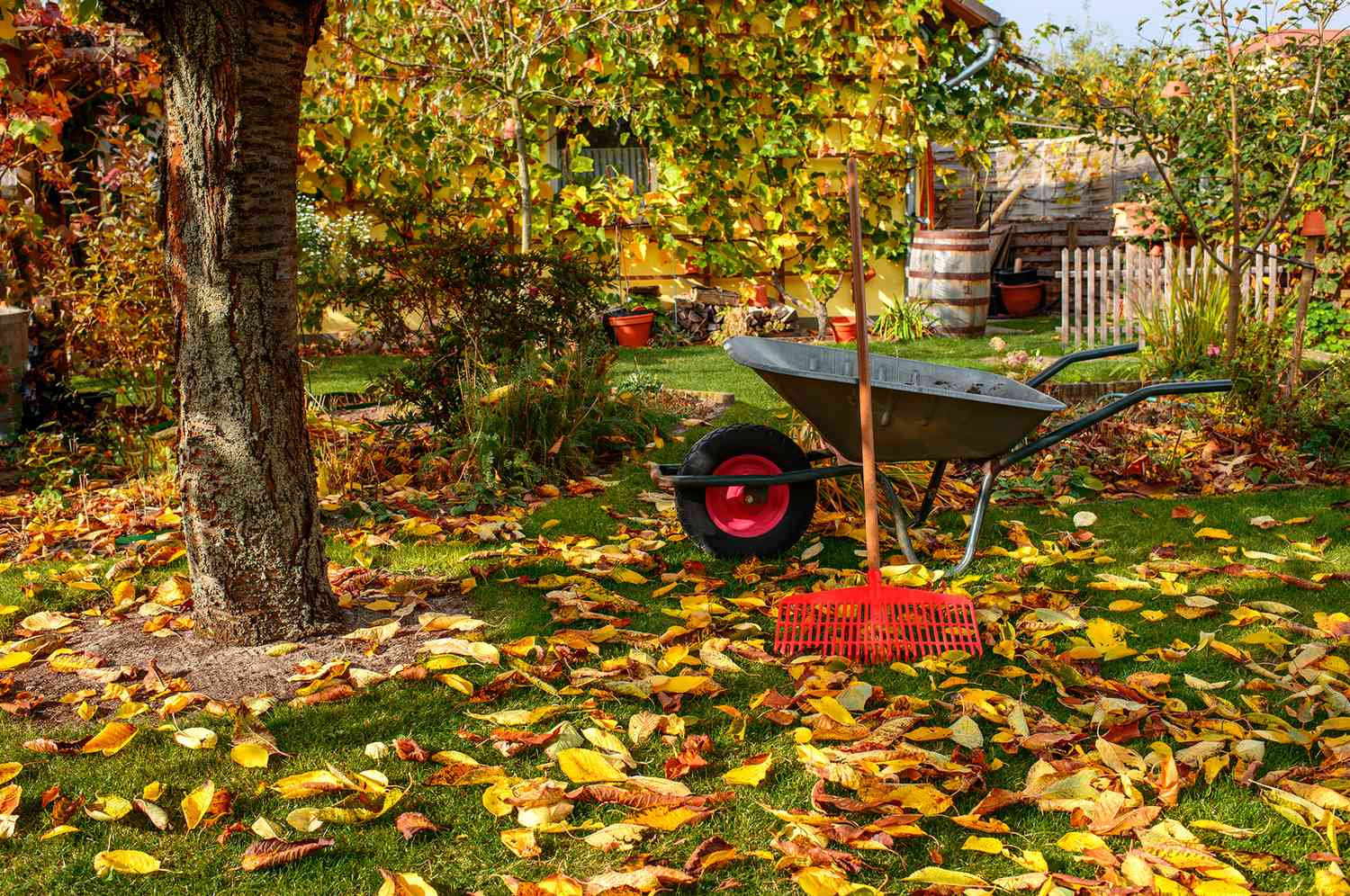
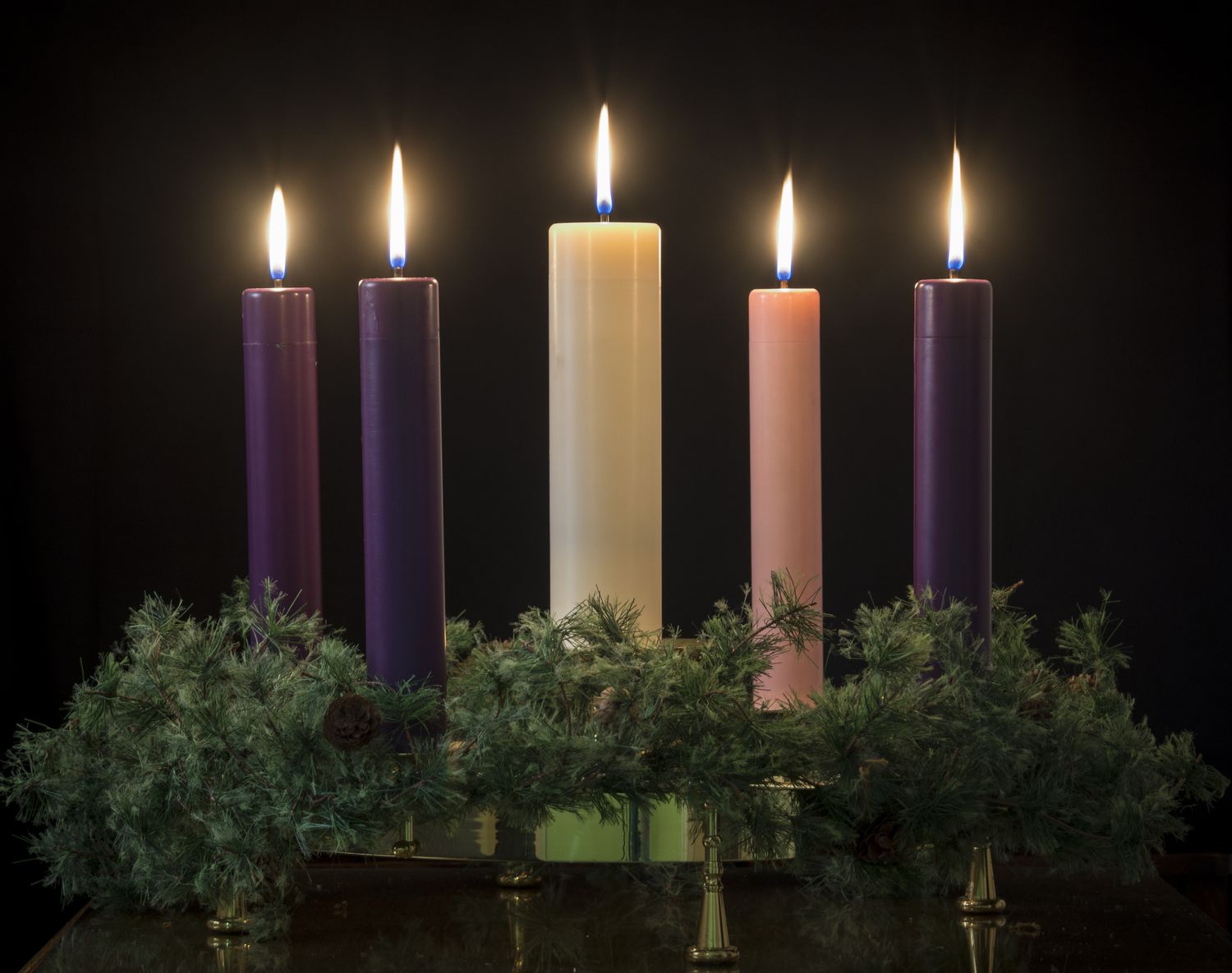


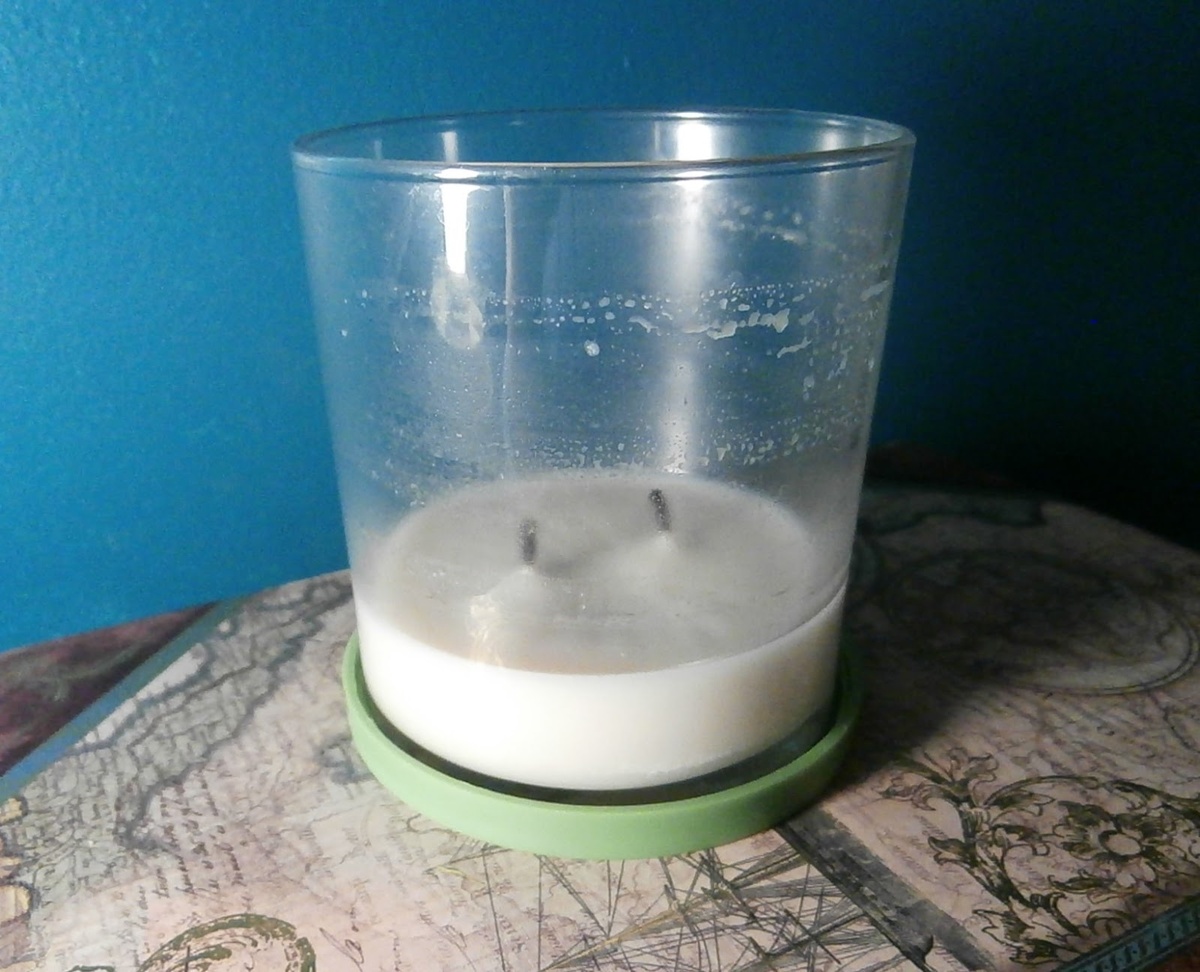
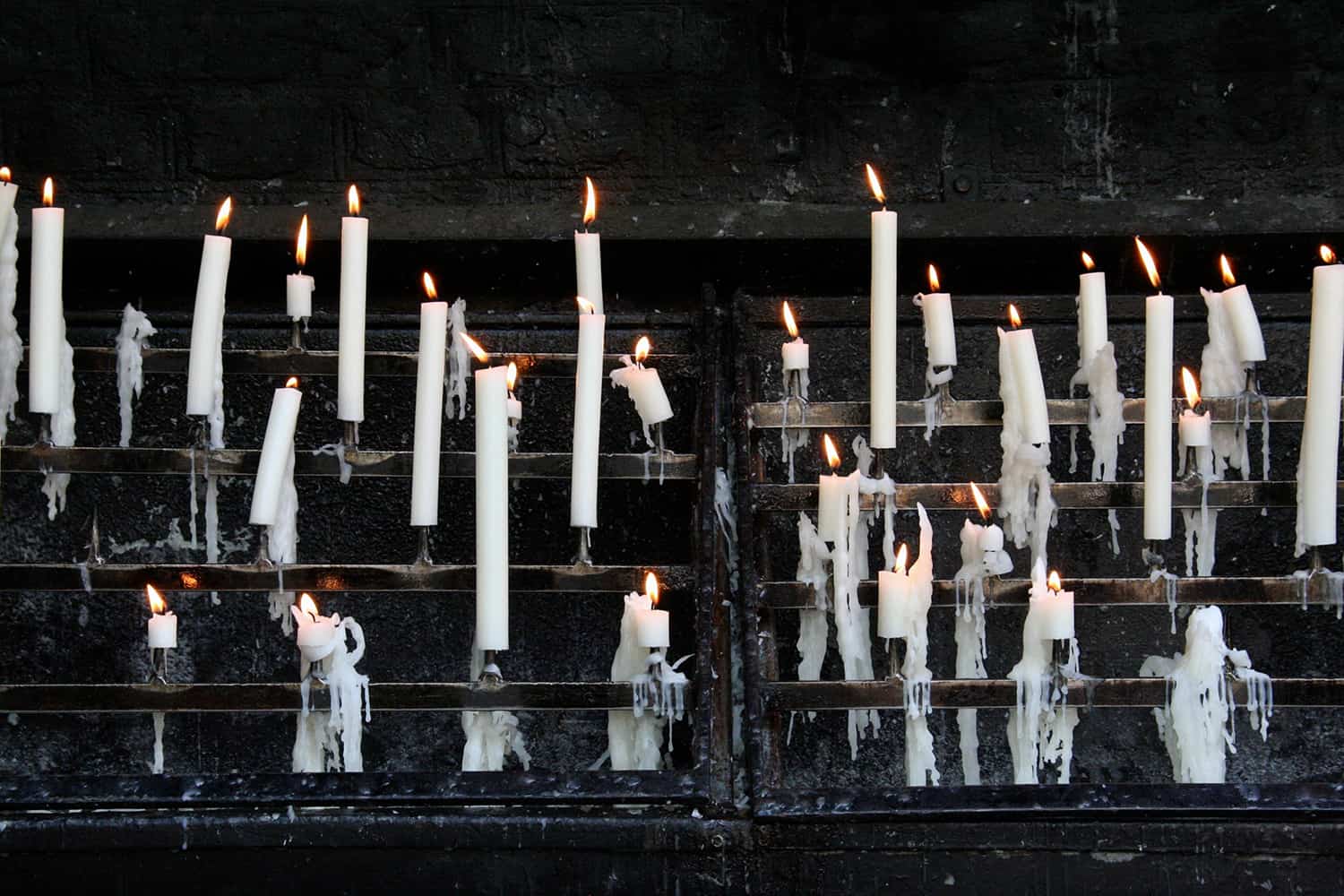

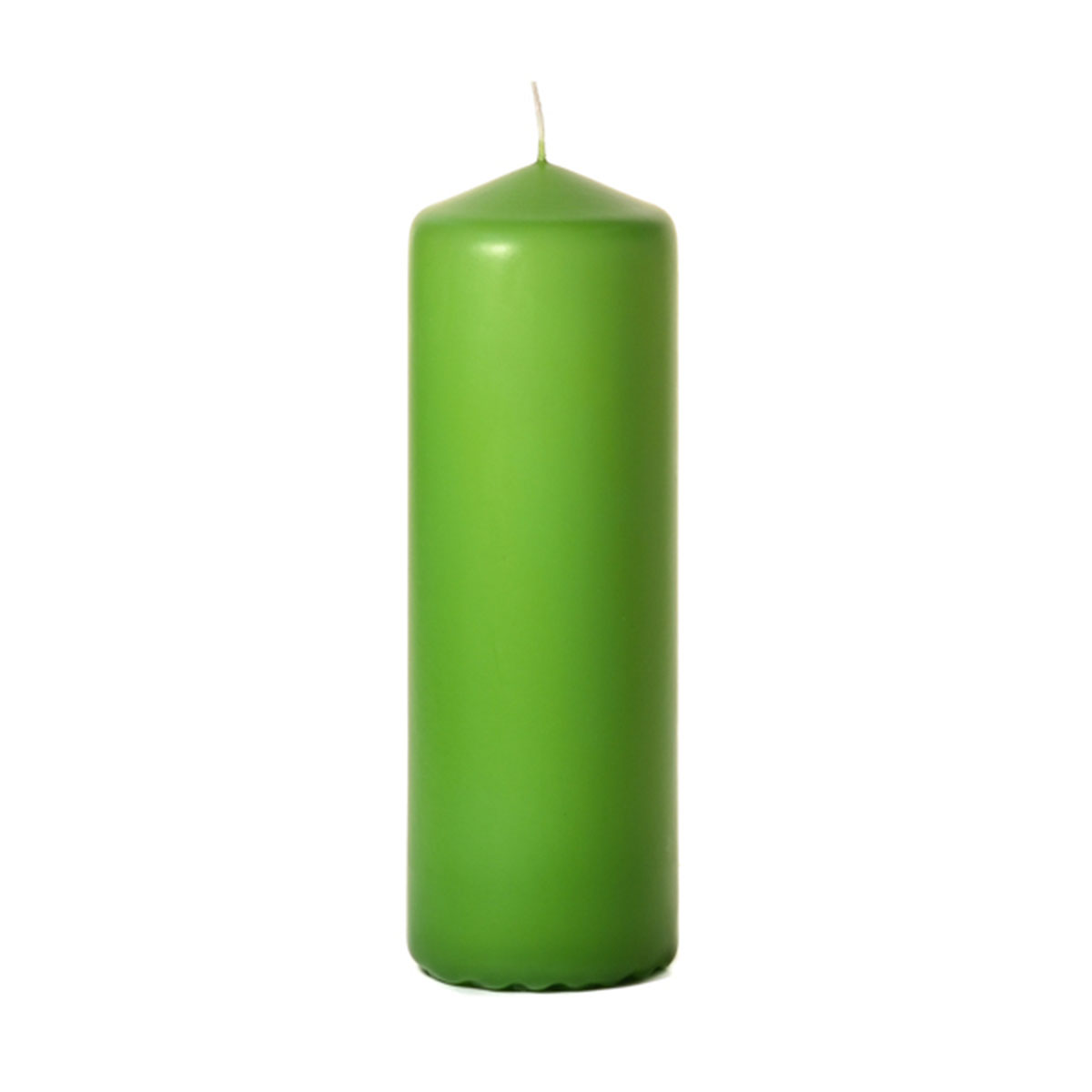
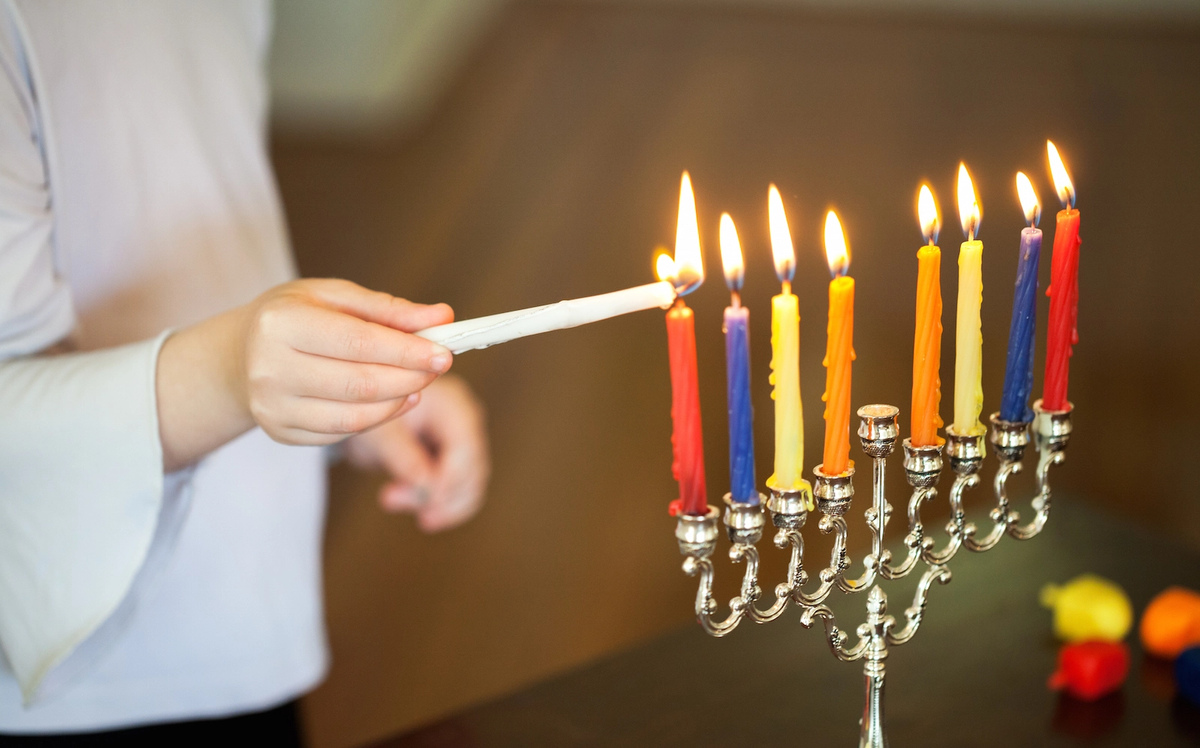

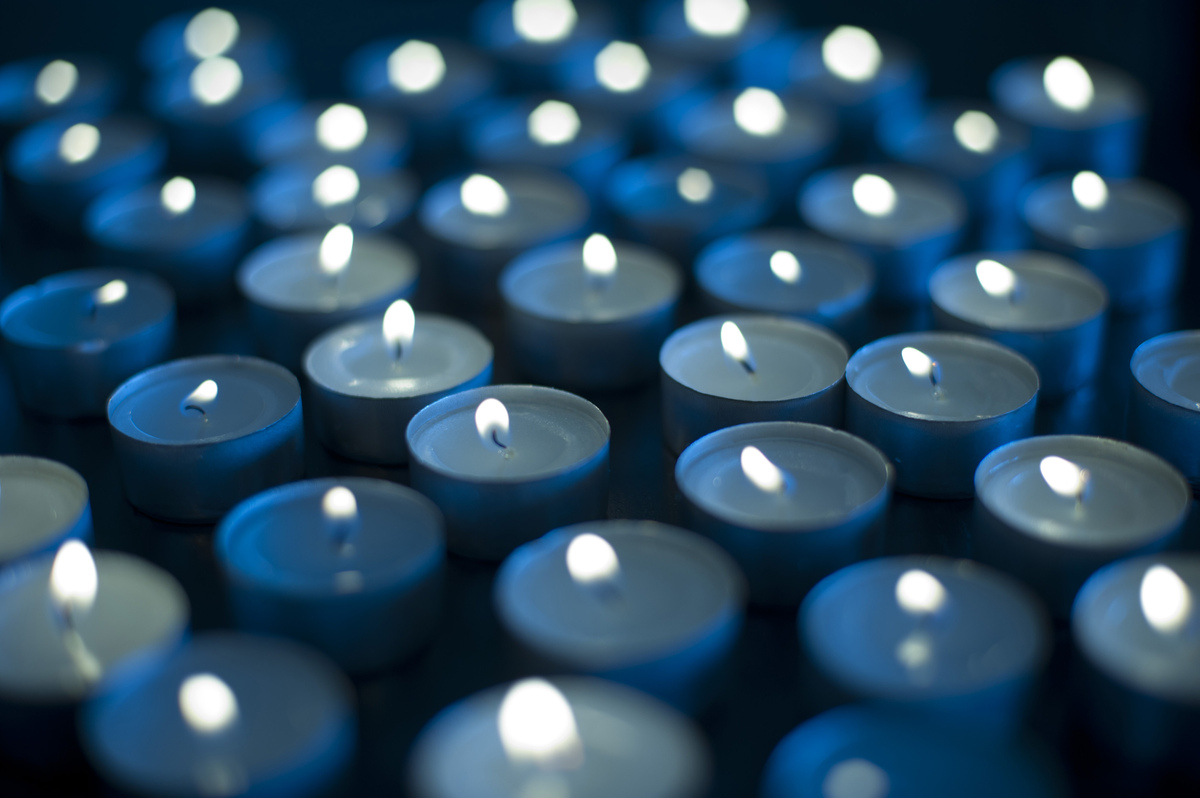


0 thoughts on “What Industry Do Candles Fall Under”